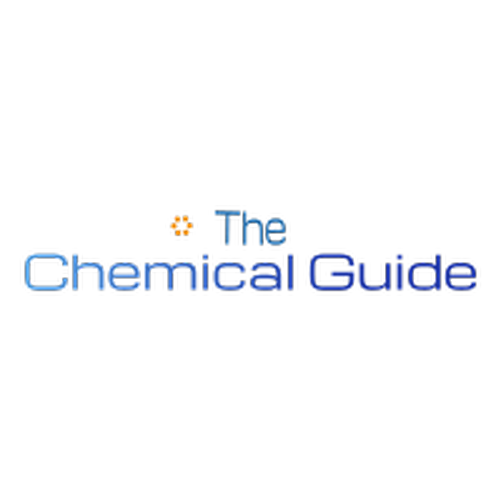When I was young, I always used to wonder and also you might have seen, leaves or insect floating on water rather than sinking. I always doubted this occurrence, questioned how is this happening and why it is happening.
I thought that it might be a special ability of insects to do so but then I came to know about surface tension. So, what is surface tension?
Surface tension is the property of the surface of a liquid that makes the surface to resist any external force due to nature and arrangement of its molecules.
There is some force responsible for the phenomenon known as surface tension, they are termed as capillary forces. They are divided into two groups, Cohesive force and Adhesive force.
Adhesive force is the force of attraction between dissimilar molecules.
Due to Cohesive force, a molecule is pulled equally in every direction by neighbouring liquid molecules let understand using an example,
Molecule A is attracted by neighbouring molecules equally in all direction because it is located at some depth on the liquid pool.
Here the net force of action will be zero.
But Molecule B is located at the surface of the liquid pool and is attracted by neighbour molecules in a downward direction only.
That is molecule A is balanced and molecule B is Unbalanced.
Net force will act in a downward direction. This creates some internal pressure. The surface will feel tension and surface will stretch like membrane and this tension force is called Surface tension.
Surface tension has the dimension of energy per unit area or Surface force per unit length.
In a study of fluid mechanics when compared with other forces like Gravitational and Pressure forces, Surface tension is very much negligible. As in fluid mechanic, everything is considered macroscopic in nature for just convenience in the study and applying principles.
But when considered control volume is small or Boundaries of the system considered are small, surface tension cannot be neglected.
For example, the capillary tube, here surface tension is considerably large compared to gravitational or any other forces.
Fluid in which ADHESIVE FORCES are greater compared to COHESIVE FORCES are termed as WETTING FLUID
While in which COHESIVE FORCES are greater compared to ADHESIVE FORCES are termed as NON-WETTING FLUID
Based on the angle of contact, a fluid having AOC less then 90° is termed as wetting fluid while one with AOC more then 90° is termed as non-wetting fluid.
I thought that it might be a special ability of insects to do so but then I came to know about surface tension. So, what is surface tension?
WHAT IS SURFACE TENSION?
Surface tension is the property of the surface of a liquid that makes the surface to resist any external force due to nature and arrangement of its molecules.
There is some force responsible for the phenomenon known as surface tension, they are termed as capillary forces. They are divided into two groups, Cohesive force and Adhesive force.
COHESIVE FORCE AND ADHESIVE FORCE
Cohesive forces are the force of attraction between the same molecule of fluid.while,Adhesive force is the force of attraction between dissimilar molecules.
Due to Cohesive force, a molecule is pulled equally in every direction by neighbouring liquid molecules let understand using an example,
Molecule A is attracted by neighbouring molecules equally in all direction because it is located at some depth on the liquid pool.
Here the net force of action will be zero.
But Molecule B is located at the surface of the liquid pool and is attracted by neighbour molecules in a downward direction only.
That is molecule A is balanced and molecule B is Unbalanced.
Net force will act in a downward direction. This creates some internal pressure. The surface will feel tension and surface will stretch like membrane and this tension force is called Surface tension.
Surface tension has the dimension of energy per unit area or Surface force per unit length.
In a study of fluid mechanics when compared with other forces like Gravitational and Pressure forces, Surface tension is very much negligible. As in fluid mechanic, everything is considered macroscopic in nature for just convenience in the study and applying principles.
But when considered control volume is small or Boundaries of the system considered are small, surface tension cannot be neglected.
For example, the capillary tube, here surface tension is considerably large compared to gravitational or any other forces.
WETTING AND NON-WETTING FLUID.
Fluid, On the basis of surface forces, can be classified as wetting fluid and non-wetting fluid.Fluid in which ADHESIVE FORCES are greater compared to COHESIVE FORCES are termed as WETTING FLUID
While in which COHESIVE FORCES are greater compared to ADHESIVE FORCES are termed as NON-WETTING FLUID
ANGLE OF CONTACT (AOC).
The angle that tangent to the liquid surface makes with the solid surface at the point of contact.Based on the angle of contact, a fluid having AOC less then 90° is termed as wetting fluid while one with AOC more then 90° is termed as non-wetting fluid.














No comments:
Post a Comment